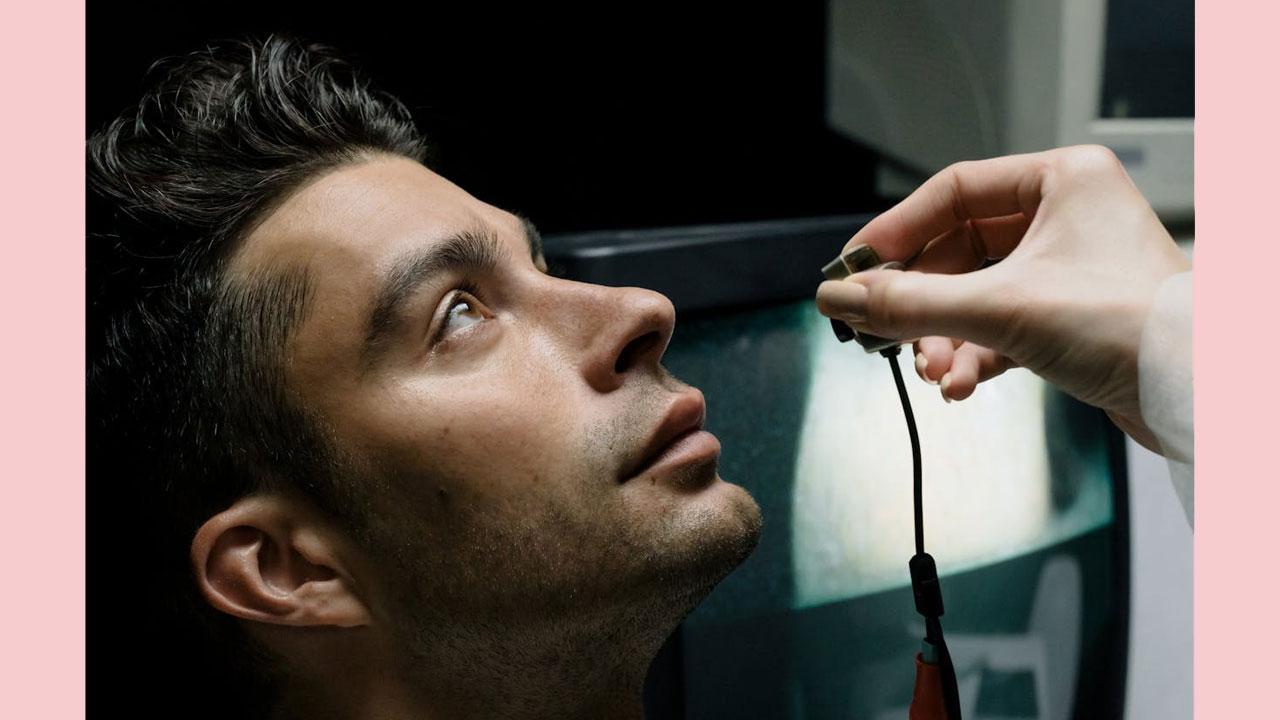This procedure involves reshaping the cornea, the eye's clear front surface, to improve how light focuses on the retina.

LASIK
For those seeking freedom from glasses or contact lenses, advancements in vision correction procedures offer a potential solution. Procedures like LASIK, PRK, and SMILE have improved how we address refractive errors, providing clearer vision with greater precision and comfort than ever before. But how do these procedures help to correct your vision? This guide is all you might need.
ADVERTISEMENT
LASIK (Laser-Assisted in Situ Keratomileusis)
LASIK (Laser-Assisted in Situ Keratomileusis) has been a mainstay of vision correction for decades. This procedure involves reshaping the cornea, the eye's clear front surface, to improve how light focuses on the retina.
In recent years, LASIK technology has undergone significant advancements:
- Bladeless LASIK: Traditional LASIK involves creating a corneal flap using a microkeratome (a blade). Today, bladeless LASIK employs femtosecond lasers to create the flap with greater precision and predictability, reducing the risk of complications.
- Wavefront-Guided LASIK: This method uses wavefront technology to create a detailed map of your eye's imperfections. This map guides the laser, allowing for a more personalised and precise corneal reshaping, potentially resulting in sharper vision, especially at night.
- Topography-Guided LASIK: This approach uses corneal topography to guide the laser, further enhancing the accuracy of the procedure and improving visual outcomes.
PRK (Photorefractive Keratectomy)
PRK (Photorefractive Keratectomy) is another laser vision correction procedure that reshapes the cornea. Unlike LASIK, which involves creating a corneal flap, PRK involves removing the cornea's outer layer (epithelium) before applying the laser.
While PRK has a slightly longer recovery time than LASIK, it offers some potential benefits:
- Suitable for Thin Corneas: PRK is often recommended for individuals with thin corneas who may not be suitable candidates for LASIK.
- Reduced Risk of Flap Complications: As PRK doesn't involve creating a flap, it eliminates the risk of flap-related complications that can occur with LASIK.
SMILE (Small Incision Lenticule Extraction)
SMILE (Small Incision Lenticule Extraction) is a newer laser vision correction procedure that offers a minimally invasive alternative to LASIK and PRK. In SMILE, a femtosecond laser creates a small lenticule (a disc-shaped piece of corneal tissue) within the cornea, which is then removed through a tiny incision.
SMILE offers several potential benefits:
- Less Invasive: The small incision used in SMILE may reduce the risk of dry eye and other complications associated with larger incisions.
- Faster Visual Recovery: Many patients experience rapid visual recovery after SMILE, often noticing significant improvement within a day or two.
- Preserve Corneal Strength: SMILE may preserve more of the cornea's natural strength than LASIK, potentially reducing the risk of long-term complications.
Benefits and Potential Risks of Vision Correction Procedures
These vision correction procedures may offer a range of potential benefits, including:
- Improved Vision: The primary goal of these procedures is to reduce or eliminate your dependence on glasses or contact lenses, providing clearer vision for daily activities.
- Enhanced Quality of Life: Clearer vision can enhance your quality of life, making it easier to enjoy hobbies, sports, and other activities without the limitations of glasses or contacts.
- Long-lasting Results: While the effects of these procedures may gradually diminish over time, many patients experience long-lasting vision improvement.
However, it's advisable to be aware of the potential risks associated with these procedures, which may include:
- Dry Eye: Temporary or, in some cases, persistent dry eye is a common side effect of these procedures.
- Halos or Glare: Some patients may experience halos or glare around lights, especially at night.
- Undercorrection or Overcorrection: In some cases, the initial procedure may not fully correct your vision, requiring additional treatment or the use of glasses or contacts for certain activities.
- Infection: While rare, there is a risk of infection following any surgical procedure.
Choosing the Right Vision Correction Procedure
The best vision correction procedure for you depends on various factors, including your age, overall health, lifestyle, specific vision needs, and corneal thickness and shape. It’s advisable to consult an experienced ophthalmologist to discuss your options and determine the most suitable procedure for your individual needs. At EyeWise Vision, our eye specialists can provide comprehensive evaluations and personalised recommendations to guide you toward clearer vision.
 Subscribe today by clicking the link and stay updated with the latest news!" Click here!
Subscribe today by clicking the link and stay updated with the latest news!" Click here!







